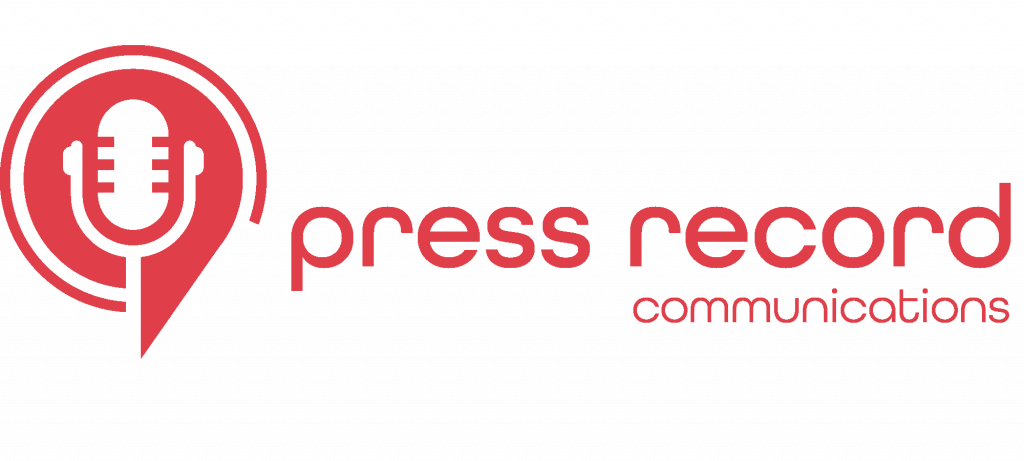When creating fintech content, it’s important to know who you’re talking to, and what they hope to gain.
Fintechs need to be ready to deliver the right content, both to engage their audience and to help that audience accomplish their most important goals. That’s why it’s so important to know who you’re talking to, and why. Often, Fintechs must address two constituencies—investors and users.
Investors can signify a wide array—everything from private equity to venture capital and beyond. Users, of course, are the actual people that download or connect with your product or service and use it.
Your audience may fall into both categories, but even then, you want to establish what mode of communication you’re employing, which roles you’re addressing, and what kind of insights the audience can benefit from.
Strong content has the power, on the one hand, to get new investors and deepen the participation of existing ones. The right communication also builds trust with existing users, educates them about what you have to offer, and creates an onramp for newcomers.
For investors and users, the right content is critical to helping establish your authority in the space.
That’s why it’s important to ask yourself the big question: What content will my listeners or readers really benefit from?
The investor may be less interested in advice about how to make electronic payments, rather than your insight around the future of the fintech space,and whether or not a segment of the industry is likely to show growth. You need to let your investors and potential investors know that you’re tapped in, you’ve studied the terrain from all angles, and you know where things are headed.
It can be a different story for users. The majority may not care if the industry is going to grow over the long haul as much as they will want to know how to deploy your products and services to their advantage. Sharing best practices that save them money, make their money grow and protect their money in a digital world could work well too.
Another major question you must ask is what kind of medium will your intended audience gravitate toward?
Investors with more at stake may not look to a simple Google search for information and perspective, and instead could rely on platforms like Linkedin. Users, on the other hand, may have a profile on LinkedIn, but they are not likely to go there for their content. Are they busy on Instagram or Facebook? Do you need to drive them to your own website?
Last but not least, you’ll want to ask: What is the best format with which to deliver my content? If your investors prefer the written word, they need to be sent to an article or a blog post. If your users like TikTok, they need audio-visual messaging. The right podcast can orient and educate, but it has to be played for willing listeners.
Fintech content always has to be customized with a certain audience in mind. Whether you’re connecting with investors or users, through blogs, podcasts, posts, or emailers, the key is always to meet your audience where they live.


